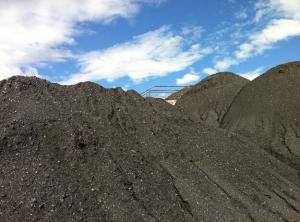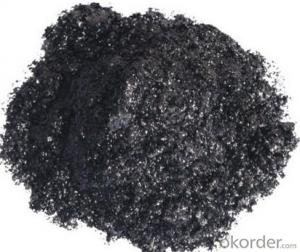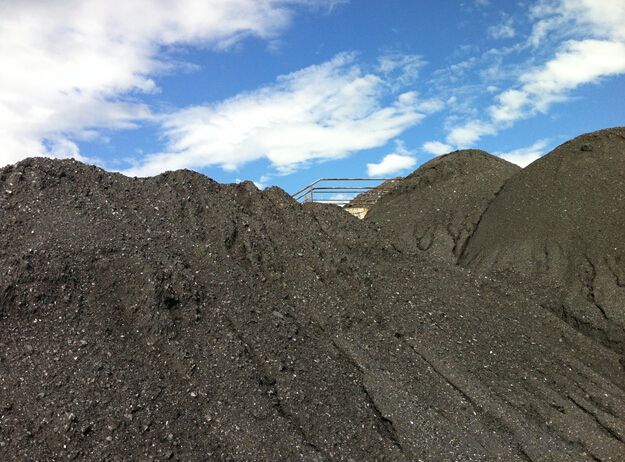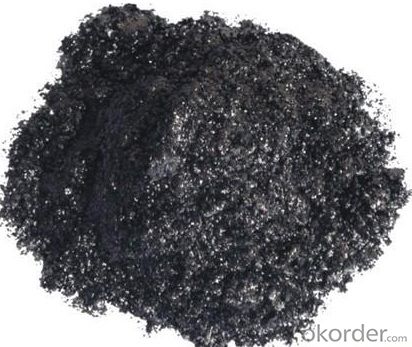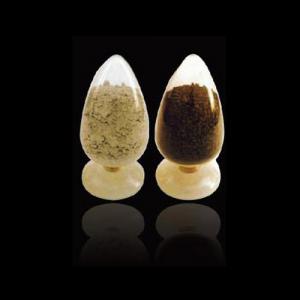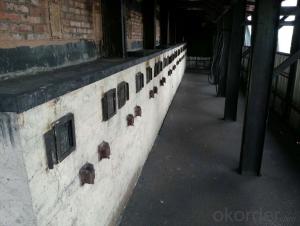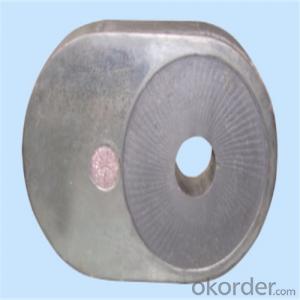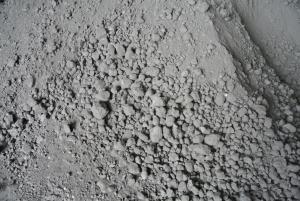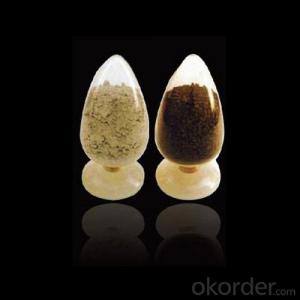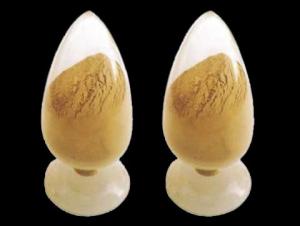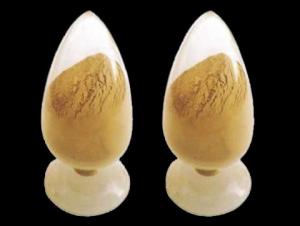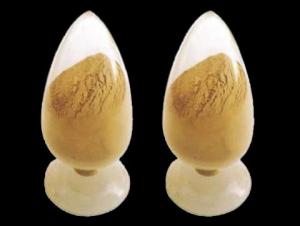Monolithic Refractories for Iron and Steel Industry - Synthetic Graphite Brake Pad Making Material
- Loading Port:
- Shekou
- Payment Terms:
- TT or LC
- Min Order Qty:
- 20 m.t
- Supply Capability:
- 1000 m.t/month
OKorder Service Pledge
OKorder Financial Service
You Might Also Like
Graphite & Carbon Raiser
Product Description
Our carbon additive gain the features of high carbon, low sulfur, low nitrogen and harmful impurities, and it is widely used in steel and iron melting and casting to increase the carbon content of final products, now this product is widely used by increase the carbon content of final products, now this product is widely used by the carbon content in cylinder body, cylinder cover, etc, and also can improve the the carbon content in cylinder body, cylinder cover, etc, and also can improve the
It mainly includes
1) Calcined anthracite coal
2) Calcined petroleum coke
3) Graphitized petroleum coke
3) Graphitized petroleum coke
Calcined Petroleum Coke
FC:98.5%min,
S:0.5%max
A:0.8%max
V:0.7%max
Mositure:0.5%max
Size:1-5mm
This product is mainly used in steel-making and foundry. Calcined Petroleum Coke
Calcined Petroleum Coke comes from delayed coke which extracted from oil refinery. Although Calcined Petroleum Coke contains a little bit higher level of sulfur and nitrogen than pitch coke, the price advantage still makes it widely used during steel-making and founding as a kind of carbon additive/carburant.
Technology:
Laborary Equpment
In our lab,we has a high precision balance,mullfe furnace,sample making machine, dring box,sulfur measurement instrument and other calibratiing equipments.As a result,before deliverung to our customers,our products have to pass a strict test to ensure the quality and components.The testing reports will be sent to our customers to confirm untill they satisfy with it.
Packaging & Delivery
Packaging Detail:25kg paper bag into 1t weaving bag 5kg, 10kg and 20kg weaving bag into 1t weaving bag 25kg weaving bag put on pallet covered with entanglement wrap product direct into packing bag 25kg paper bag put on pallet covered with entanglement Wrap 25kg weaving bag into 1t weaving bag.
Delivery Details: 7 days

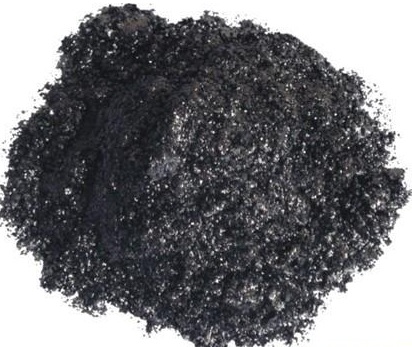
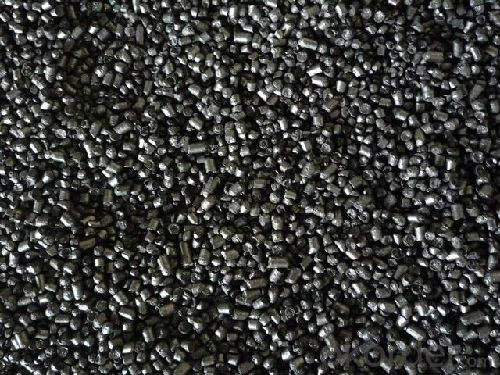
- Q: How do monolithic refractories impact the quality of iron and steel products?
- Monolithic refractories play a crucial role in influencing the quality of iron and steel products. These refractories are widely used in the lining of furnaces and other high-temperature environments where iron and steel are processed. Firstly, monolithic refractories provide insulation and protect the lining of the furnace from the extreme heat generated during the iron and steel manufacturing process. By maintaining the desired temperature, these refractories ensure the proper and consistent heating of the metal, which is essential for achieving the desired product quality. Without adequate insulation, the heat loss would be significant, leading to inefficient energy consumption and inconsistent product quality. Secondly, monolithic refractories have a significant impact on the overall cleanliness of the iron and steel. During the production process, impurities and slag are formed, which can contaminate the metal if not properly managed. Refractories with high resistance to slag penetration and corrosion prevent these impurities from infiltrating the metal, ensuring a cleaner and purer final product. Furthermore, monolithic refractories also contribute to the mechanical strength and durability of the furnace lining. The lining needs to withstand the harsh conditions and repeated thermal shocks encountered during the iron and steel production process. A strong and well-designed refractory lining can resist cracking, spalling, and erosion, extending the life of the furnace and minimizing the risk of downtime. In conclusion, monolithic refractories have a profound impact on the quality of iron and steel products. They provide thermal insulation, prevent contamination, and ensure the mechanical integrity of the furnace lining. By choosing the appropriate refractory material and maintaining it properly, manufacturers can optimize their production processes, increase product quality, and enhance overall operational efficiency.
- Q: How do monolithic refractories contribute to reducing emissions in iron and steel processes?
- Monolithic refractories play a crucial role in reducing emissions in iron and steel processes by providing superior insulation, increased energy efficiency, and improved control over the production process. These refractories are designed to withstand extreme temperatures and harsh conditions, effectively minimizing heat loss and reducing the need for excessive fuel consumption. By creating a highly insulated environment, monolithic refractories enable better temperature control, leading to optimized combustion and reduced emissions of greenhouse gases. Additionally, their high resistance to wear and corrosion helps prevent the formation of pollutants, thereby contributing to a cleaner and more sustainable iron and steel industry.
- Q: What are the advantages of using low-cement castables in the iron and steel industry?
- There are numerous benefits associated with the utilization of low-cement castables in the iron and steel sector. To begin with, low-cement castables necessitate less water compared to traditional castables. Consequently, the installation process becomes faster and more efficient due to the reduced water requirement. Moreover, the lower water content results in enhanced strength development and shorter drying time, facilitating faster turnaround times during production. In addition, low-cement castables exhibit exceptional resistance to extreme temperatures and thermal shocks. Given the high temperatures prevalent in the iron and steel industry, these castables possess excellent refractory properties that enable them to withstand such harsh conditions. Consequently, the refractory lining enjoys an extended service life, reducing the need for frequent repairs or replacements. Furthermore, low-cement castables demonstrate remarkable mechanical strength and abrasion resistance. Given the nature of the iron and steel sector, where heavy materials and abrasive substances are handled, the refractory lining is susceptible to wear and tear. However, low-cement castables are capable of enduring these mechanical stresses, thereby enhancing the durability and longevity of the lining. Moreover, low-cement castables possess low porosity and high density, resulting in reduced permeability. Consequently, they exhibit high resistance to alkali attacks, chemical corrosion, and slag penetration, all of which are common challenges faced in the iron and steel industry. By employing low-cement castables, the risk of refractory failure caused by these corrosive elements is minimized. Lastly, low-cement castables contribute to improved energy efficiency. Their lower thermal conductivity ensures that less heat is conducted through the refractory lining, leading to reduced heat losses. This, in turn, translates into energy savings, as less heat is wasted and more heat is retained within the system. The significance of this advantage is particularly evident in the iron and steel industry, where energy costs can be substantial. In conclusion, the use of low-cement castables in the iron and steel sector offers a multitude of advantages, including reduced water requirement, superior thermal resistance, enhanced mechanical strength, improved resistance to chemical corrosion, and increased energy efficiency. These benefits contribute to overall cost savings, heightened productivity, and improved operational performance in the iron and steel manufacturing process.
- Q: How are monolithic refractories installed and repaired in iron and steel plants?
- Monolithic refractories in iron and steel plants are typically installed through a process called gunning, where a specialized gunning machine is used to spray the refractory material onto the desired surface. The refractory material is mixed with water or a bonding agent to form a dense and durable lining. In terms of repairs, damaged or worn-out monolithic refractories are typically removed by mechanical means, such as jackhammers or pneumatic tools. The damaged area is then cleaned and prepared before new refractory material is applied using the gunning method. In some cases, patching materials may be used to repair smaller areas of damage. Overall, the installation and repair of monolithic refractories in iron and steel plants require skilled technicians and specialized equipment to ensure the optimum performance and longevity of the refractory lining.
- Q: How do monolithic refractories withstand thermal shock and mechanical stress?
- Monolithic refractories are engineered to endure high temperatures and harsh working conditions, making them perfect for applications involving thermal shock and mechanical stress. To begin with, monolithic refractories are designed with a high thermal conductivity, enabling them to rapidly absorb and distribute heat. This characteristic aids in reducing thermal gradients within the material and decreasing the likelihood of thermal shock. When faced with sudden temperature changes, the refractory material expands and contracts uniformly, preventing the formation of cracks and fractures. Additionally, these refractories possess exceptional thermal shock resistance due to their low thermal expansion coefficient. As a result, they are less prone to expanding or contracting when exposed to temperature fluctuations. Consequently, they can endure rapid temperature changes without suffering significant structural damage. Furthermore, monolithic refractories exhibit high mechanical strength, enabling them to withstand various forms of mechanical stress. Their formulation includes carefully selected raw materials and additives that enhance their load-bearing capacity and resistance to mechanical forces. This grants them the ability to bear the weight of surrounding materials and endure any external forces or vibrations present in the application environment. Moreover, monolithic refractories maintain good structural integrity and stability thanks to their dense and compact microstructure. Typically, these materials are created by combining fine powders, binders, and additives, which are mixed and shaped to form a solid and cohesive structure. This structure provides resistance against mechanical stress, preventing the refractories from crumbling or disintegrating under pressure. In conclusion, monolithic refractories withstand thermal shock and mechanical stress due to their high thermal conductivity, low thermal expansion coefficient, strong mechanical strength, and structural integrity. These properties establish them as reliable and durable materials for applications that require resistance to extreme temperatures and challenging operating conditions.
- Q: How do monolithic refractories withstand the mechanical impacts in ladle lip applications?
- The unique properties and composition of monolithic refractories enable them to endure mechanical impacts in ladle lip applications. Firstly, their structural integrity is reinforced by being made from a single, uniform material, making them less prone to cracking or breaking when subjected to mechanical forces. Additionally, the inclusion of additives such as fibers or aggregates enhances their resistance to mechanical stresses by distributing the applied forces and reducing stress concentration points. Furthermore, the seamless application process ensures a uniform distribution of impacts and eliminates weak points or joints that could be susceptible to mechanical damage. Moreover, monolithic refractories can be customized with specific compositions and formulations to withstand mechanical impacts, utilizing various binders and additives to enhance toughness, impact resistance, and overall mechanical strength. Finally, the selection of monolithic refractories for ladle lip applications takes into account operating conditions like temperature and chemical exposure to optimize their mechanical properties for the specific challenges posed by ladle lip applications. In conclusion, the homogenous structure, additive inclusion, seamless application process, and customizable composition of monolithic refractories contribute to their ability to withstand mechanical impacts in ladle lip applications, ensuring their durability and effectiveness.
- Q: What are the challenges in repairing and maintaining monolithic refractories?
- One of the challenges in repairing and maintaining monolithic refractories is the difficulty in identifying and accessing damaged areas. Monolithic refractories are typically used in complex and intricate structures, making it challenging to locate and reach areas that require repair or maintenance. Another challenge is the high temperatures involved, as monolithic refractories are often exposed to extreme heat. This requires specialized expertise and equipment to ensure safe and effective repairs. Additionally, the composition and application of monolithic refractories can vary, making it essential to understand the specific type being used in order to perform accurate repairs and maintenance. Overall, the challenges lie in the complexity of the structures, the extreme temperatures, and the need for specialized knowledge and tools.
- Q: How do monolithic refractories resist corrosion and erosion in the iron and steel industry?
- To combat corrosion and erosion in the iron and steel industry, monolithic refractories are designed with a combination of composition and application techniques. Firstly, the composition includes high-quality raw materials like alumina, magnesia, and silica, which possess exceptional resistance to corrosion and erosion. For example, alumina can withstand high temperatures and chemical attacks, making it an ideal choice for protecting against the corrosive nature of the industry. Additionally, the application techniques used in installing monolithic refractories are crucial for their resistance. These techniques, such as gunning, ramming, or casting, ensure a tight and seamless bond between the refractory and the steel structure, reducing the chances of corrosion and erosion. Furthermore, monolithic refractories can be tailored to meet the specific needs of different parts of the iron and steel industry. For areas exposed to molten metal, refractories with high thermal conductivity and resistance to chemical attack are utilized. This customization enhances the refractory's effectiveness in resisting corrosion and erosion. Moreover, monolithic refractories often incorporate additives or binders to further enhance their resistance. These additives provide extra protection against chemical attacks from molten metal or corrosive gases, making the refractory even more durable in harsh conditions. In summary, monolithic refractories effectively resist corrosion and erosion in the iron and steel industry due to their composition, application techniques, customization, and the inclusion of additives. By combining these factors, these refractories ensure the longevity and efficiency of steel structures in the challenging environments of the industry.
- Q: How do monolithic refractories contribute to energy efficiency in iron and steel manufacturing?
- Monolithic refractories play a crucial role in enhancing energy efficiency in iron and steel manufacturing processes. These refractories are made of a single material, typically a combination of high-quality aggregates, binders, and additives, which allows for easy installation and repair. One of the main ways monolithic refractories contribute to energy efficiency is by reducing heat loss. These materials have excellent insulation properties, which help to maintain high temperatures within the furnace or kiln. By minimizing heat loss, the energy required to maintain the desired temperature is significantly reduced, leading to lower energy consumption and cost savings. Moreover, monolithic refractories are designed to have high thermal conductivity. This property ensures efficient heat transfer from the hot gases or flames to the iron and steel being processed. By facilitating efficient heat transfer, monolithic refractories enable faster heating rates and reduce the overall processing time. This time reduction translates into energy savings and increased production capacity. Another significant advantage of monolithic refractories is their ability to withstand extreme temperatures and harsh operating conditions. These materials have excellent resistance to thermal shock, corrosion, and erosion, which extends their lifespan and reduces the need for frequent repairs or replacements. Consequently, the use of monolithic refractories leads to less downtime, allowing for continuous operation and improved energy efficiency. Furthermore, monolithic refractories offer design flexibility, which enables the optimization of furnace and kiln geometries. By tailoring the shape and dimensions of the refractory linings, heat distribution can be improved, ensuring more uniform heating and reducing energy wastage. The ability to customize the refractory linings also facilitates the implementation of advanced combustion technologies, such as regenerative burners or oxy-fuel burners, which further enhance energy efficiency. In summary, monolithic refractories contribute to energy efficiency in iron and steel manufacturing by reducing heat loss, enhancing heat transfer, withstanding extreme conditions, optimizing furnace geometries, and allowing for the implementation of advanced combustion technologies. By utilizing these refractories, the industry can achieve significant energy savings, cost reductions, and environmental benefits.
- Q: How do monolithic refractories contribute to reducing downtime in iron and steel plants?
- Monolithic refractories contribute to reducing downtime in iron and steel plants by providing enhanced durability and resistance to high temperatures, chemical corrosion, and mechanical wear. These refractories can be quickly and easily installed, repaired, or replaced, minimizing the time required for maintenance and reducing production interruptions. Their versatile and customizable nature allows for efficient lining of various equipment, such as furnaces, ladles, and converters, ensuring a continuous and uninterrupted production process.
Send your message to us
Monolithic Refractories for Iron and Steel Industry - Synthetic Graphite Brake Pad Making Material
- Loading Port:
- Shekou
- Payment Terms:
- TT or LC
- Min Order Qty:
- 20 m.t
- Supply Capability:
- 1000 m.t/month
OKorder Service Pledge
OKorder Financial Service
Similar products
Hot products
Hot Searches
Related keywords
